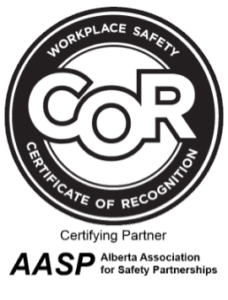
Mayken Hazmat Solutions has provided Calgary and Western Canada with high-quality hazmat services since 2006. As a registered hazardous waste carrier with the Alberta government, we can handle a wide range of situations and environments. Whether cleaning up hoarding cases, contaminations, chemical spills or crime scenes, we can take care of overwhelming situations for you. Reach out to the experienced hazmat company by calling us 403-272-1995.

























